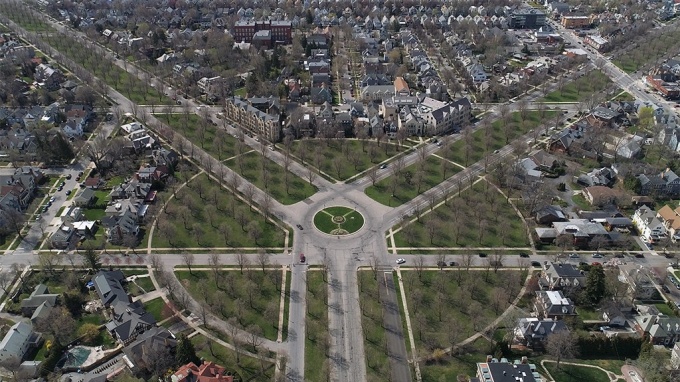City of Trees

"City of Trees," a still from the film, of the Frederick Law Olmsted-designed "city in a park," a system of interconnected parks and parkways throughout Buffalo.
When brought to Buffalo in 1868 to survey potential sites for a park in the city, Frederick Law Olmsted envisioned something bolder—a city in a park. In lieu of setting aside grounds for a single, central park, Olmsted's plan for Buffalo evolved into the firm's first proposal for a system of interconnected parks and parkways woven throughout the city's fabric. In the late nineteenth and early twentieth centuries, the city in a park notion continued to characterize Buffalo's attitude towards the urban landscape, as the city grew its forestry division and planted over 300,000 street and park trees.



